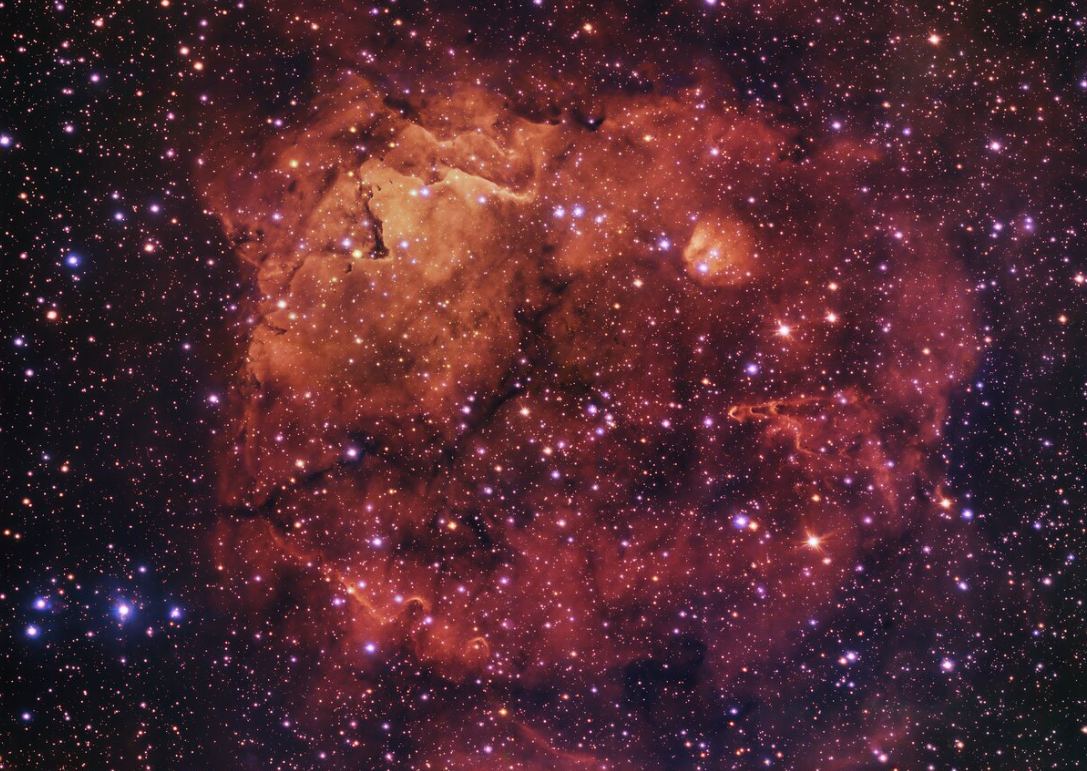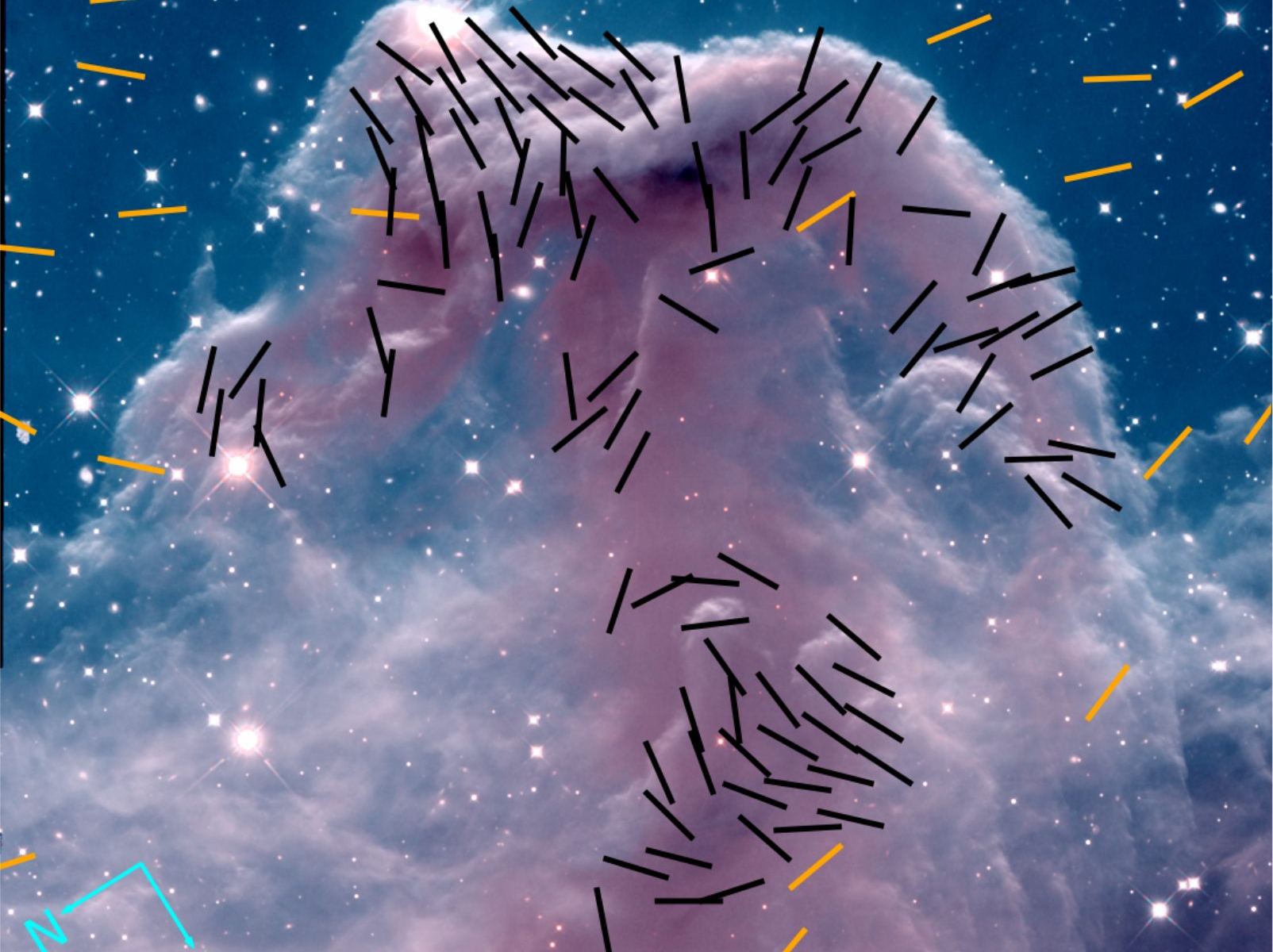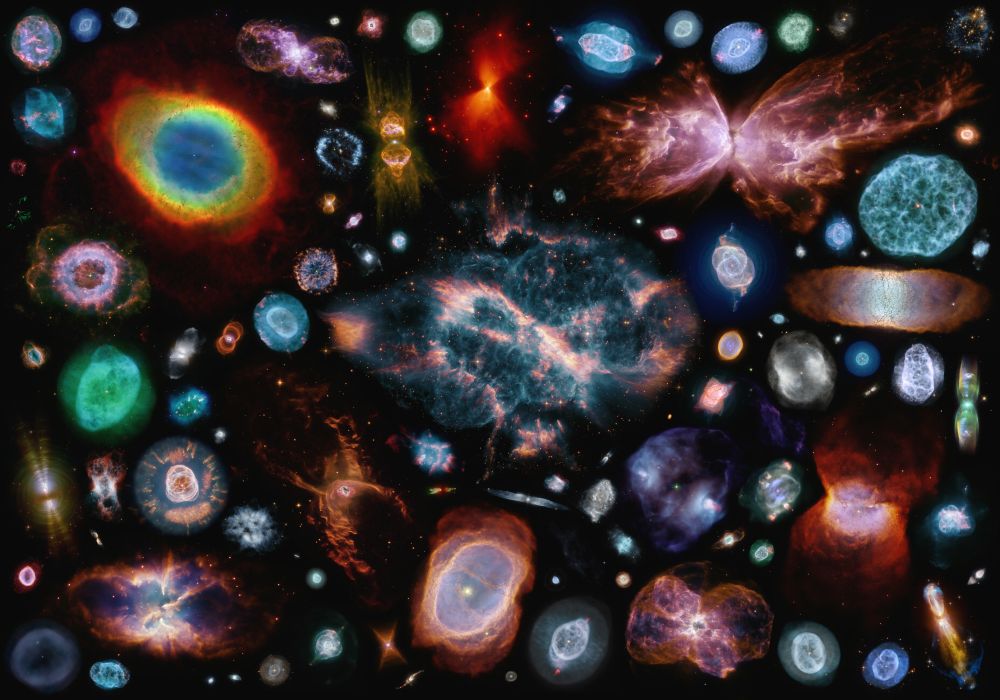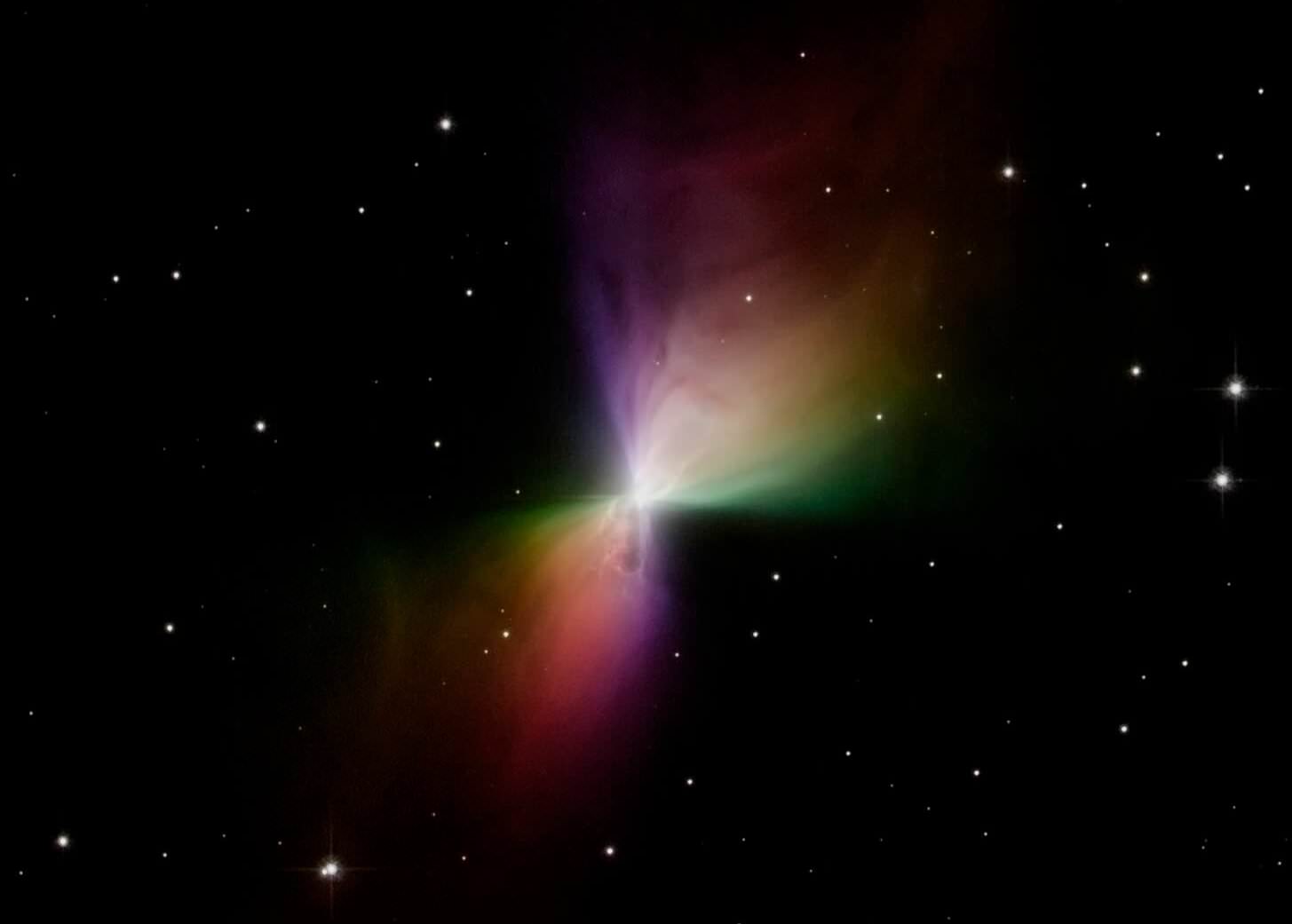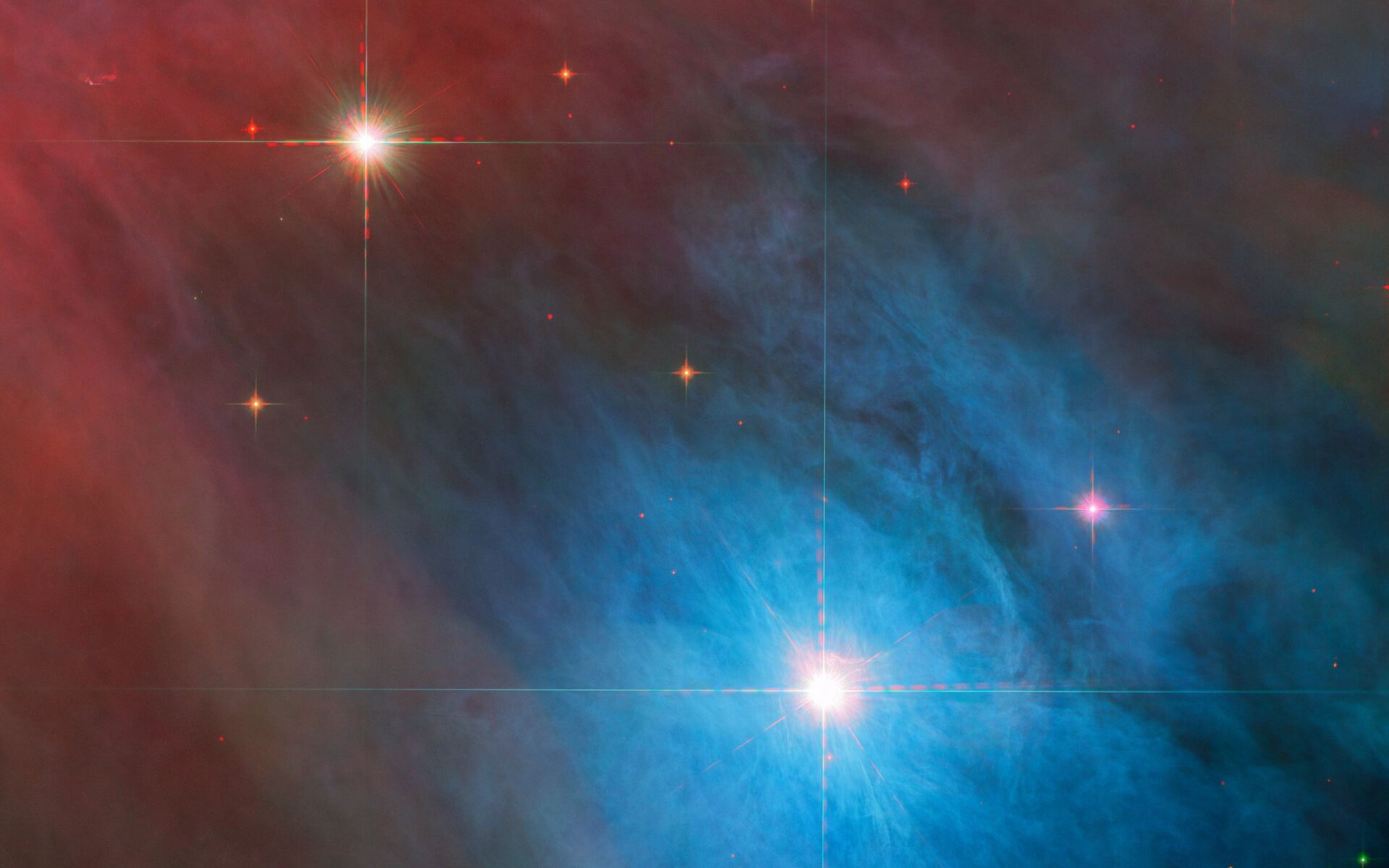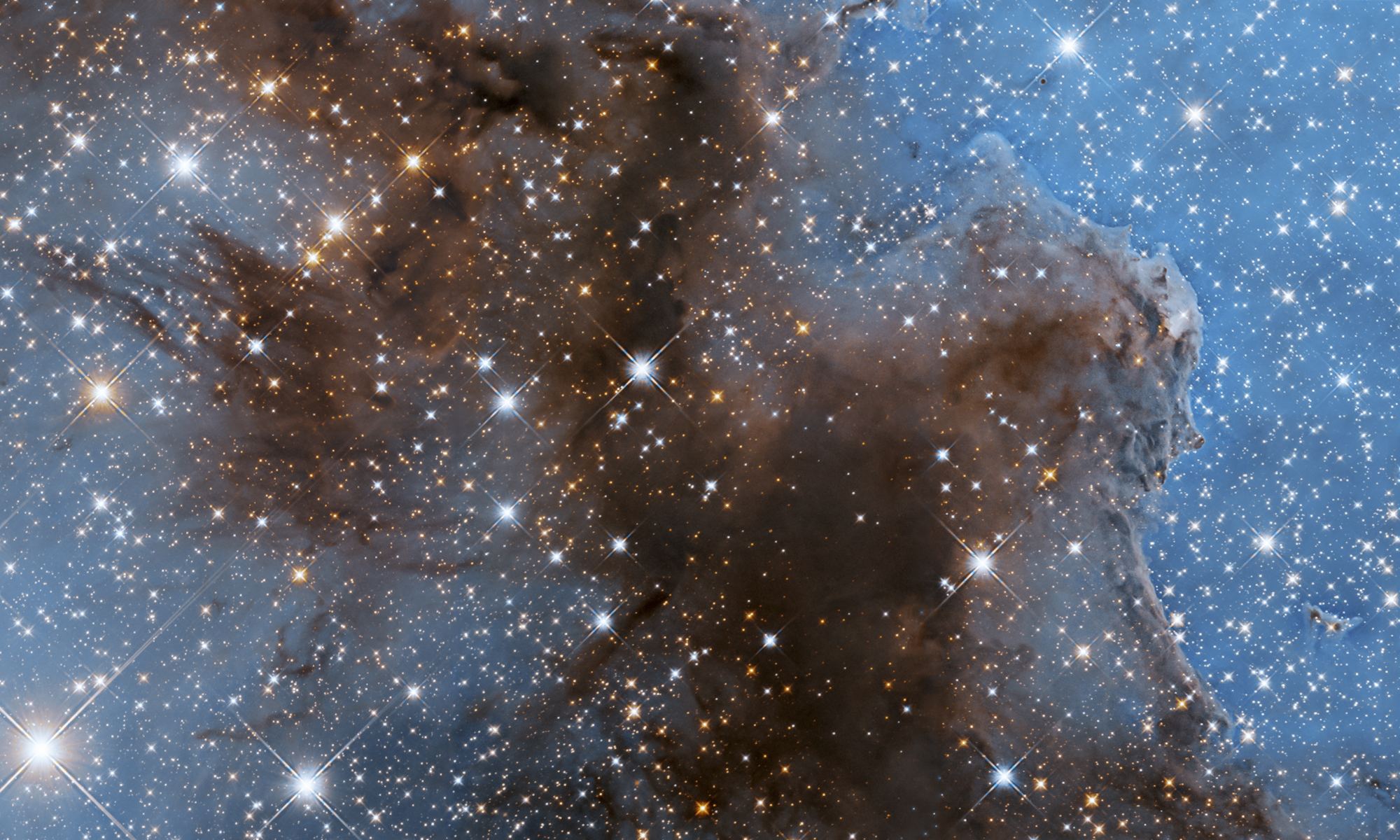The Gemini South telescope has captured a new image of the glowing nebula IC 2220. Nicknamed the Toby Jug Nebula, this object got its name because it looks like an old English jug. But no fun drinking games are happening here.
Continue reading “A Dying Red Giant Star has Thrown Out Giant Symmetrical Loops of Gas and Dust”A Dying Red Giant Star has Thrown Out Giant Symmetrical Loops of Gas and Dust


